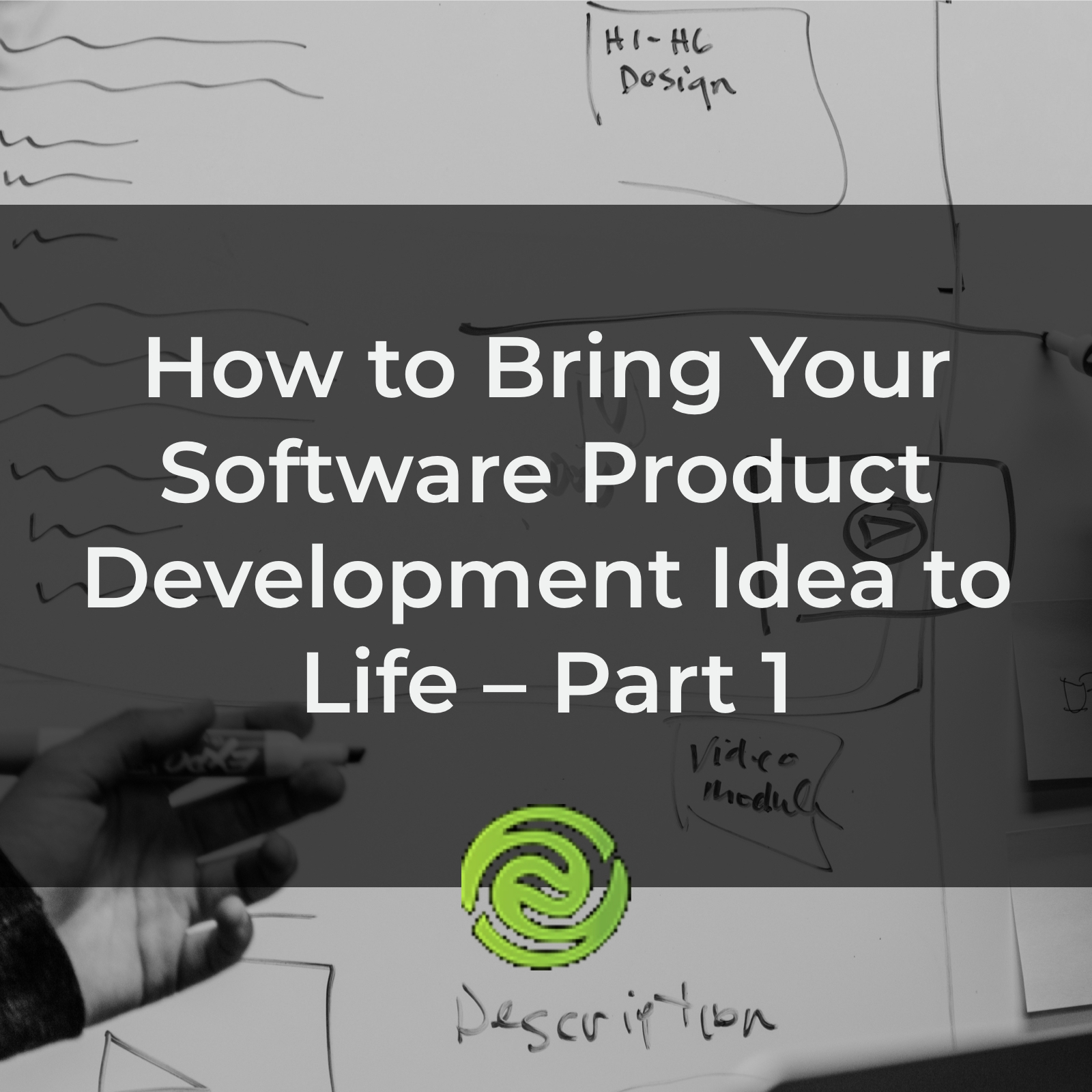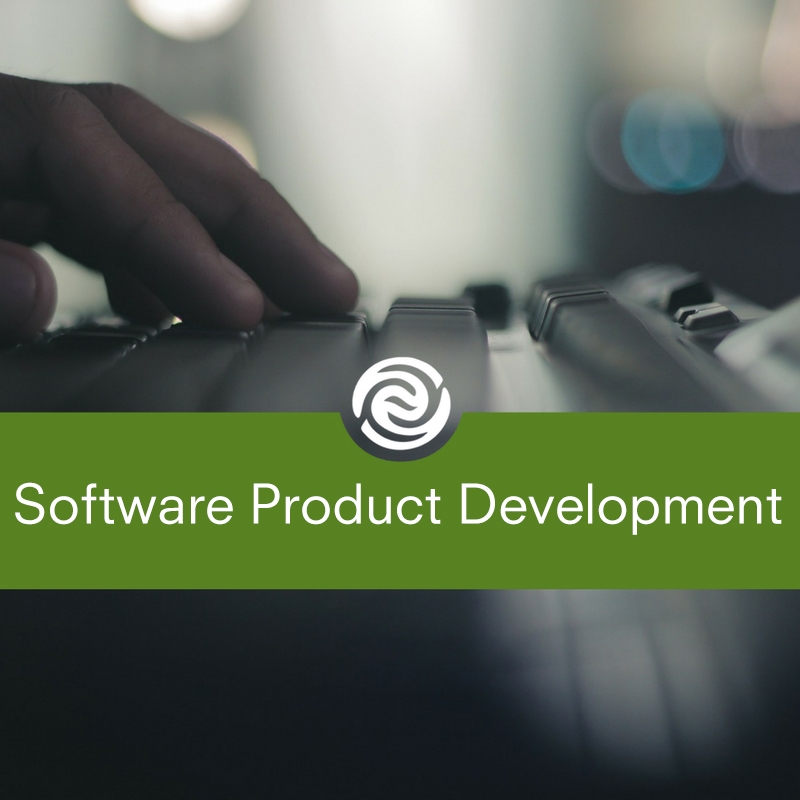From lightning bolts in the middle of the night to a brainstorm in the shower…
How to Bring Your Software Product Development Idea to Life – Part 2
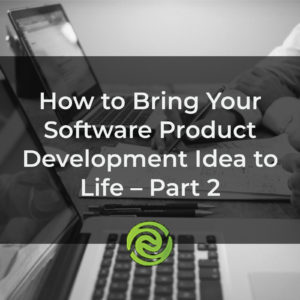 In our part 1 post about software product development, we talked about how a successful web or mobile software product or application requires a holistic approach to the overall process and the pain point you are trying to solve. We answered the most common questions about software product development to guide you in getting started, making all the pieces fit together, identifying your MVP, utilizing prototype groups, and monetizing and distributing your software or app.
In our part 1 post about software product development, we talked about how a successful web or mobile software product or application requires a holistic approach to the overall process and the pain point you are trying to solve. We answered the most common questions about software product development to guide you in getting started, making all the pieces fit together, identifying your MVP, utilizing prototype groups, and monetizing and distributing your software or app.
In this post, we’ll expand on the last few points, share details about intellectual property, and go over the realities of pricing and selling your product. In this blog, you will learn:
- What the prototype group does for you and why the prototype group’s feedback matters.
- Why total honesty and thorough communication with your external software development partner is crucial to your success.
- How to price your product realistically and what to expect from the market.
- Ways to protect your intellectual property (IP).
- The means by which you can market your product.
- Distribution … how to get your software product or app in the hands of users.
- The best way to prepare for your software project deadline.
1. Learn How to Work With Your Prototype Group and Their Feedback
Now that you’ve established your prototype group and had them working with your product for at least a week, you are probably starting to receive some feedback from them. Some of it may be good and some of it may be bad. If you are only receiving good feedback, press the group to find out where the software or app can be improved. They might be afraid to call your baby ugly.
If you are only receiving negative feedback, you need to be honest with yourself and the group. Is your idea or design really that bad? Is it possible your prototype group contains a lot of perfectionists? Do you need to bring someone else in to balance out the group?
In either event, you need to triage what is important for the success of your web or mobile software or app product and its users and decide if the feedback is just one person’s opinion. If you’re not sure, ask more people.
The main goal with your prototype group is to find out if your MVP works; what needs to be corrected or improved, and what needs to be added to the parking lot for later development.
Remember, the goal here is NOT to make each person in the prototype group happy, it is to build a product that is going to work well and simplify the lives of your end users.
Continue to review the prototype group’s feedback for a set period of time, determine the significance of that feedback, stick to your MVP plan, and make alterations to your product accordingly. Whatever you do, do not stray from your original MVP. Straying from your MVP and taking on scope creep will increase your likelihood of failure.
2. Communicate with Your External Software Development Partner
Like anything you do in life that means anything, creating a software product and bringing it to market is very hard, even when you have expert help. That’s why thorough communication and a good working cadence with your external software development partner are crucial to making the software product or app development cycle faster and easier.
From the very beginning of the software development process, you must be honest with yourself and your development partner. You both need to be able to admit your mistakes and ask for help or clarification when needed. You need to have honest conversations about everything related to the product … the good, the bad, the ugly, and the happy surprises.
Success requires a mutual and good faith effort from you AND your software development partner to get the job done. Just because those on your external software team are known as the “experts” does not mean they know your business or your concept.
You need to be the subject matter expert (SME) and give them a brain dump of everything you know. This will move your project along more efficiently and cost-effectively and save time, rather than leaving it to your software partner’s team to figure out what you have in your head.
Check your ego at the door and know when to lean on your partner for their expertise. Successful entrepreneurs know they “don’t know what they don’t know.” It’s okay to ask questions and learn. After all, you’re paying for it. Get on the same side of the project and push as hard as you can to make your product dream a reality.
3. Price Your Software Product & App Realistically for the Market
Lots of people think they will be the next big mobile app or web app company. What they don’t realize is that most apps in the app store do not make very much money and many web applications fail to take off.
Industry experts have referred to the app stores as “a race to the bottom,” meaning that everyone is selling their apps for the lowest price possible or giving them away. Make sure you do not fall into this trap.
According to Gartner, less than 0.01 percent of all consumer-based mobile apps will become financially successful — yet apps continue to be a common development goal and product focus for new and aspiring entrepreneurs.
Unfortunately, there is no one silver bullet for pricing your product. When thinking about pricing, the first focus needs to be on profitability. You need to evaluate what the market will bear or what users will pay for it, factor in what it is going to cost you to build it, and determine what your ROI needs to look like. Aim for at least a 15–30% return on your investment.
- One approach to pricing is to use the real estate model of looking for comparables, or “comps,” in your market space. Check to see what similar apps are charging, keeping in mind that many apps use in-app purchases to create additional revenue beyond the initial purchase price. Also, factor in that a store like Apple will charge you 30% on all in-app purchases.
- If your software product or app is a new concept and you can’t find any comps, go back to your prototype group and talk with potential customers and ask them what they would be willing to pay.
- Another approach is to make your app free in the app store, but use a monthly subscription model to charge for the services the app provides. These apps usually require contracts outside of the typical Terms & Conditions of the app store.
4. Protect Your Software’s or App’s Intellectual Property (IP)
Intellectual property (IP) is the legal, exclusive right you have to your distinct creative design; nobody else can copy or reuse your design without your permission.
Your contract or agreement with your development partner needs to indicate that your product is a “work made for hire” AND you own ALL the IP associated with your product. Be sure to read the fine print and make sure that the code, data model, design, data, logos, functions, and everything else is owned by you.
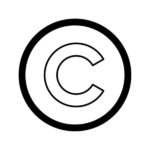 Copyright for Software Products & Apps
Copyright for Software Products & Apps
The easiest way to protect your intellectual property is via copyright – ©. The Copyright Basics document, Copyright.Gov, explains that a “copyright is a form of protection provided by the laws of the United States (title 17, U.S. Code) to the authors of original works of authorship.
- Literary works
- Musical works, including any accompanying words
- Dramatic works, including any accompanying music
- Pantomimes and choreographic works
- Pictorial, graphic, and sculptural works
- Motion pictures and other audiovisual works
- Sound recordings are works that result from the fixation of a series of musical, spoken, or other sounds
- Architectural works
These categories should be viewed broadly for the purpose of registering your work. For example, computer programs and certain compilations can be registered as ‘literary works;’ while maps and technical drawings can be registered as ‘pictorial, graphic, and sculptural works.’”
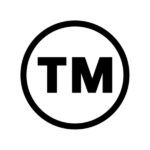 Registered Trademarks for Software Products & Apps
Registered Trademarks for Software Products & Apps
Make sure that you protect your brand, software name, app name, images, logos, slogan, and any other pertinent markings with a trademark – TM. The trademark is a brand identifier for your business and your product. According to the United States Patent and Trademark Office (USPTO), a Trademark can be used for a “word, phrase, symbol, color, design, or a combination thereof, that identifies and distinguishes the source of the goods of one party from those of others.” You can easily find trademark attorneys and services on the web, or ask the other professional services companies you work with who they recommend.
 Patents for Software Products & Apps
Patents for Software Products & Apps
As a software or app developer for a one-of-a-kind product, you may want to first patent your idea so no one can steal it and claim it as their own. Although sometimes tricky, patents are the ultimate way to protect your intellectual property.
According to the USPO, “A patent for an invention is the grant of a property right to the inventor.” A patent will generally last for 20 years from when you file it with the US government. A US patent will protect anyone who “invents or discovers any new and useful process, machine, manufacture, or composition of matter, or any new and useful improvement thereof.”
Be sure you talk with an attorney who specializes in US and foreign patents, as software and apps are sold and used worldwide. Patents and the language they require is a different world compared to most legal services. The strategy around how a patent is structured is also very important to provide the most protection for your product idea. For instance, having a patent with a narrow focus is better than a patent that covers every single detail of every product feature.
If you think you have an excellent idea for software product development or an application, now is the time to make it a reality. Successful software or an app that provides an exceptional user experience will turn potential customers into purchasing customers.
5. Decide How You Are Going to Market Your Software Product or App
The key to successfully marketing your web or mobile app is to find out where your target audience hangs out and when. Marketing is all about grabbing the attention of your users, if only for a few seconds, at the right time, and on the right platform. It is also about timing your ads and marketing efforts to the exact time when your users are ready to buy.
When surfing the web or looking at social media, it quickly becomes obvious how many different ways there are to market a product. You can:
- Create a website and use search engine optimization (SEO) to drive organic traffic to the website.
- Develop expert content around your product and brand to drive awareness and action.
- Use paid online advertising.
- Use social media posts and/or social media advertising.
- Market your business or product with sponsored brands and ads.
- Depending on your business, you could also use a customer reward system for purchases, shares, or referrals.
- You can even go the traditional route with radio, TV, or streaming services ads.
Additionally, partnering with, sponsoring, or marketing to industry groups, as well as sponsoring events, are all great ways to get your product in front of potential customers. Again, results are driven by being where your customers are, whether in business or in their personal lives.
The best way to implement effective marketing that provides an ROI and saves time, money, and aggravation, is to engage a marketing partner that, just like your software development partner, gets to know you and your goals, understands what you’re trying to do, and offers marketing and revenue operations expertise.
6. Get Ready to Launch & Distribute Your New Software Product or App
You’re now ready to launch your web or mobile software product or app and get it in the hands of users. The good news is software distribution has become incredibly easy with the advent of the mobile app stores and Software as a Service (SaaS) distribution via the Cloud. But which one is ideal for your objectives?
- Software as a Service (SaaS) is a method of publishing a web application to a server or service in the Cloud, making it immediately available for people to subscribe to or otherwise consume. SaaS applications are also known as web-based software, on-demand software, or hosted software. Examples include email, office tools, calendars, and communication tools.
- Mobile app stores allow you to quickly submit your app, typically through an approval process, and make it readily available on the major mobile platforms. These include, but are not limited to Google Play, Apple App Store, Samsung Galaxy Apps Store, LG Smartworld, Amazon Appstore, and many more.
Research states that companies with apps experience higher customer return and revenue, even in their physical stores. – Business 2 Community
7. Prepare for Your Software & App Project Deadline
You know the old saying, “If anything can go wrong, it probably will.” As you near your software project or app deadline, this is the time when things may start to unravel on you. Projects tend to lag at the beginning, then everyone realizes the deadline is drawing near and a scramble to the finish ensues, leaving plenty of room for errors and missed opportunities. At this point, it’s easy to let your custom web or mobile software application project go on for many months or even years while never reaching the finish line. This will result in a hit to your bottom line and hold up future revenue-building goals.
Front-loading the project work will help avoid this. A good project management approach with schedules, accountability, and regular communication will get your product in the hands of users with less stress and better results. Keep your focus, don’t lose sight of your dream, and keep pushing forward.
The Bottom Line … Get Your Custom Web or Mobile Software Product into the Hands of Your Customers
With the information in this and our previous blog, you now have an expert guide to turning your software development idea into a usable product and getting it into the hands of your customers. Successfully launching your custom software project or mobile app is imperative to the future of your business.
Do you have a custom software, web application, or mobile app project that has fallen off-track? Maybe you’re in the initial idea phase and need some help. Swip Systems is here to give you the confidence to bring your software or application idea to life. We love to brainstorm, and when you’re ready to turn your idea into a reality, we can help you combine business best practices with the latest technology and move you through the process with ease.
Our goal is to see that you build a smart, stable, marketable software product or application that’s profitable and in step with the times. Contact us today for a no-obligation chat about your great idea or your stalled project. We love to help! 877.377.SWIP








